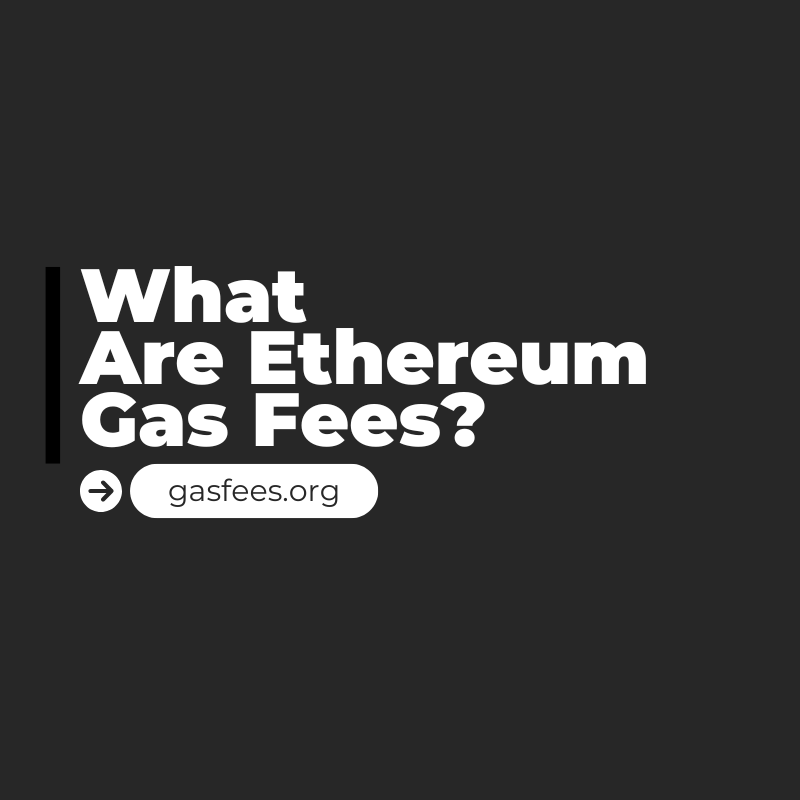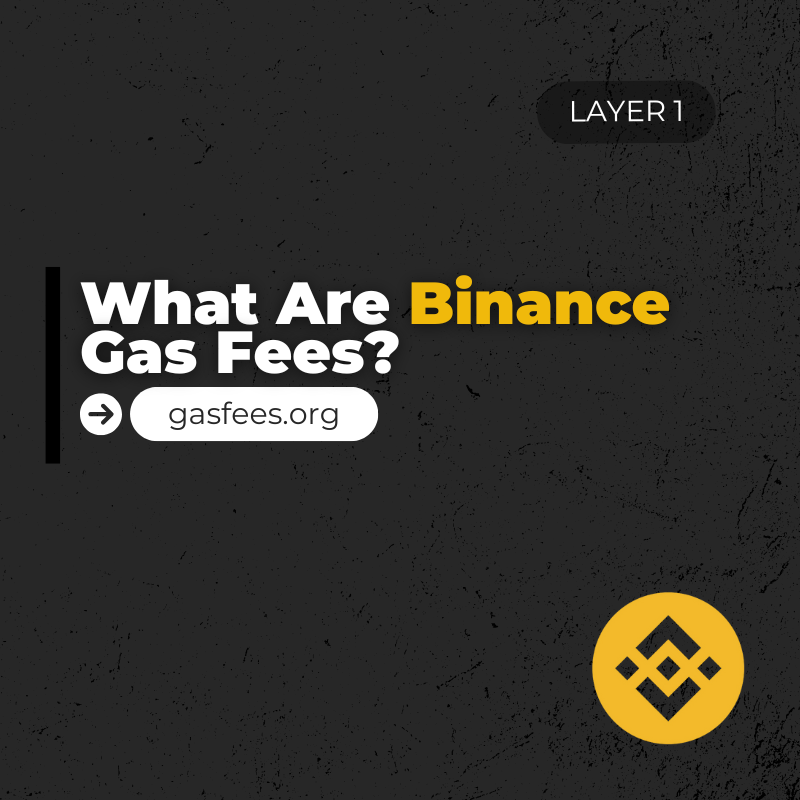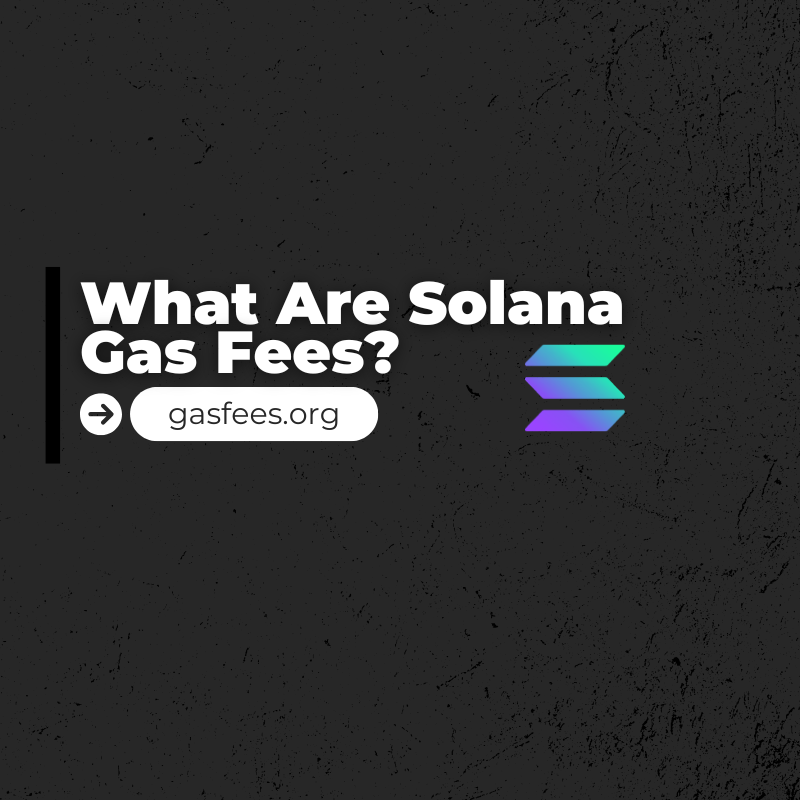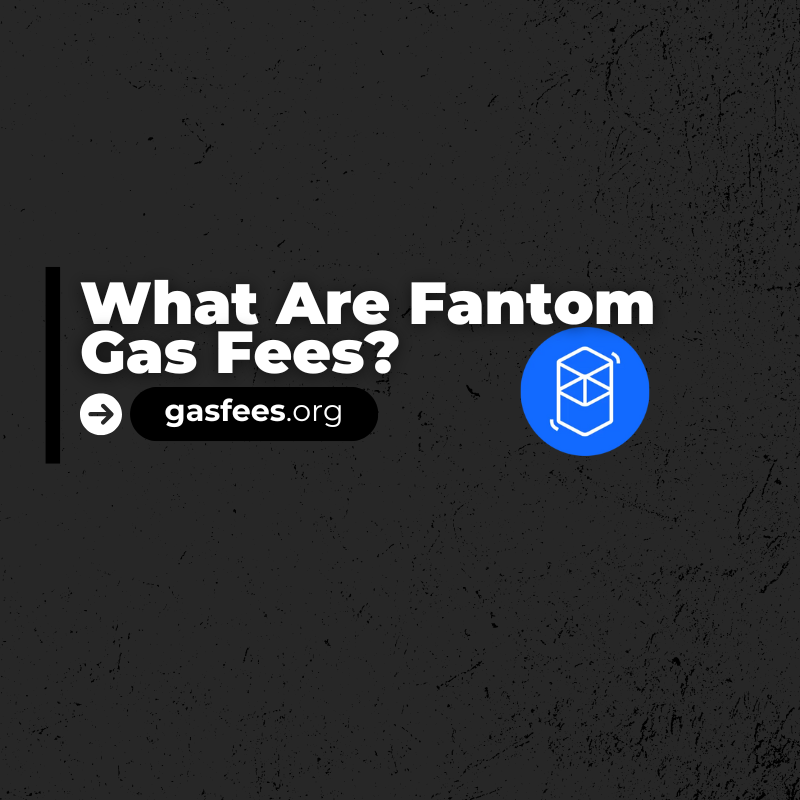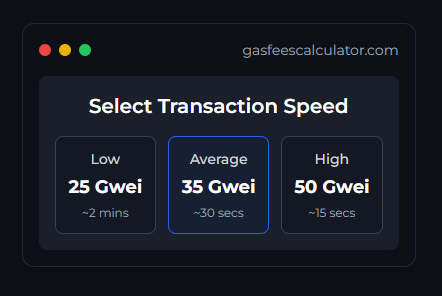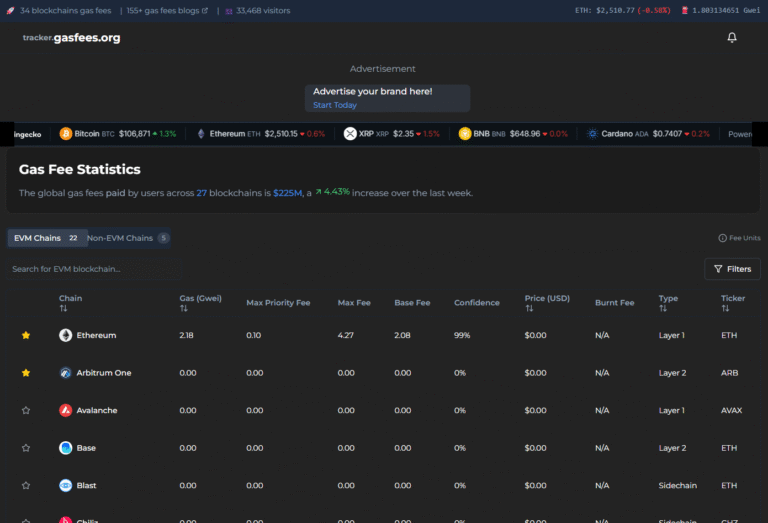EIP-4844 explained
Written By: Mr. GasMan
EIP-4844 Explained: How Ethereum’s Latest Proposal Will Reduce Gas Fees and Boost Scalability
Ethereum, the second-largest blockchain by market capitalization, has faced significant challenges due to high gas fees and scalability issues. Consequently, Ethereum Improvement Proposal 4844 (EIP-4844) was introduced. In this blog post, we will delve into EIP-4844, its objectives, features, and how it aims to reduce gas fees and boost scalability on the Ethereum network.
The Challenge of Gas Fees
Gas fees on Ethereum have been a contentious issue. These fees, which serve as transaction costs, are what users pay for processing transactions and smart contracts. During high-demand periods, such as DApp or NFT launches, gas fees can become prohibitively expensive, negatively affecting user experience and hindering ecosystem growth.
EIP-4844: A Glimpse into Ethereum’s Future
EIP-4844, known as the “Ethereum Network Scaling Proposal,” is a crucial step in addressing these issues. It seeks to optimize resource utilization and, as a result, reduce transaction and smart contract execution costs.
Key Features of EIP-4844
1. State Rent
Firstly, EIP-4844 introduces “state rent.” Currently, Ethereum retains all data since its inception, leading to a bloated blockchain. Consequently, state rent proposes that users pay a fee for data storage, discouraging unnecessary storage and, in turn, reducing the blockchain’s size and maintenance cost.
2. Layer 2 Solutions
Secondly, the proposal encourages integrating Layer 2 scaling solutions, such as Optimistic Rollups and zk-Rollups. These solutions process transactions off-chain while simultaneously maintaining security, which significantly reduces gas fees and increases throughput.
3. EVM Improvements
Thirdly, EIP-4844 enhances the Ethereum Virtual Machine (EVM) for efficiency, thereby reducing the computational resources required for transaction execution. Consequently, this lowers gas fees and simplifies smart contract development.
4. Gas Fee Changes
Lastly, the proposal also adjusts the gas fee structure, making it more predictable and less prone to sudden spikes, enhancing transparency and increasing user confidence.
The Road Ahead
Implementing significant changes in a decentralized network like Ethereum necessitates consensus and coordination. Therefore, it is worth noting that the community is actively working towards these improvements. Additionally, several Ethereum Improvement Proposals (EIPs) have already received approval and implementation, further laying the groundwork for EIP-4844 and related upgrades.
Conclusion
In conclusion, EIP-4844 represents a pivotal moment in Ethereum’s evolution as it effectively addresses high gas fees and scalability issues. With features like state rent, Layer 2 integration, EVM improvements, and gas fee changes, Ethereum is positioning itself for a more scalable and cost-effective future. Consequently, as Ethereum continues to adapt, the ecosystem promises efficiency and accessibility to users worldwide, regardless of financial means.
Share this blog:
Trezor Safe 5
Why Use GasFees.org? 🛠️
📊 Real-Time Data: Get accurate gas fee updates anytime.
🌍 All Blockchains: Layer 1 and Layer 2 covered in one place.
💸 Save Money: Optimize transactions with our insights.
🔍 Easy to Use: Designed for beginners and experts alike.

